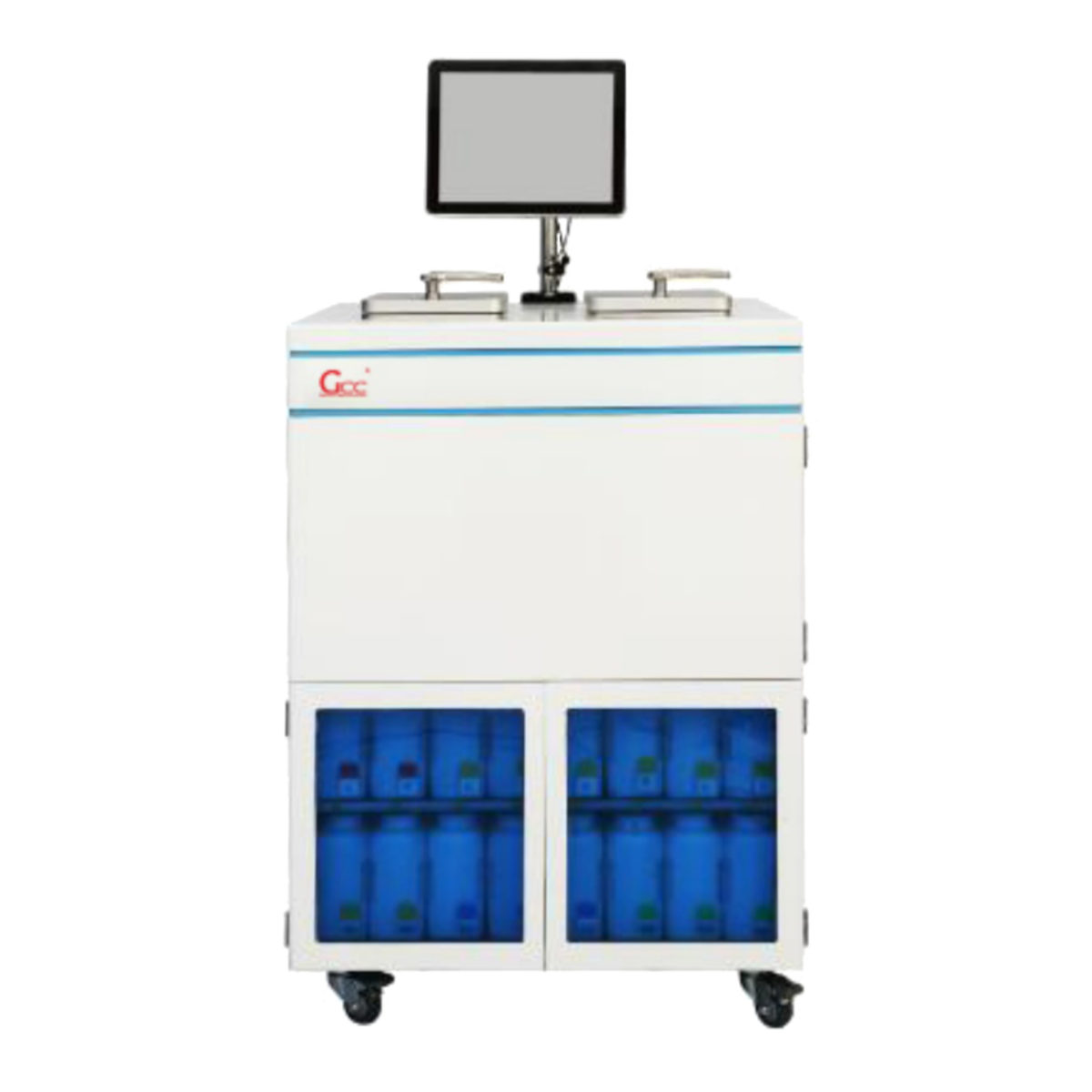Introduction
In histopathology laboratories, precision and consistency are crucial. The tissue processor machine plays a vital role in preparing tissue samples for microscopic examination. It automates the complex steps of dehydration, clearing, and infiltration—ensuring that every specimen is ready for accurate diagnosis and reliable results.

What Is a Tissue Processor Machine?
A tissue processor is an automated laboratory instrument designed to prepare biological tissue samples for sectioning and staining. It systematically replaces water in tissue with paraffin wax, preserving the sample’s structural integrity for histological analysis.
Modern tissue processors come in two main types:
Automatic tissue processor (bench-top or floor-standing)
Vacuum tissue processor for enhanced infiltration efficiency
How Does a Tissue Processor Work?
The process involves several key steps:
Fixation: Preserves tissue morphology and prevents decomposition.
Dehydration: Removes water using graded alcohols.
Clearing: Replaces alcohol with an organic solvent.
Infiltration: Embeds the tissue in molten paraffin wax.
By automating these stages, the tissue processor minimizes human error and standardizes every specimen.
Benefits of Using a Tissue Processor Machine
High Efficiency: Processes multiple samples simultaneously.
Consistency: Ensures uniform results across all specimens.
Time Saving: Reduces manual workload for technicians.
Safety: Enclosed systems protect users from exposure to chemicals.
Data Traceability: Advanced models offer digital monitoring and reports.
These advantages make the tissue processor an indispensable tool in every modern pathology lab.
Maintenance and Best Practices
To ensure long-term performance:
Regularly clean reagent containers and paraffin reservoirs.
Replace alcohols and xylene according to usage cycles.
Perform routine calibration and temperature checks.
Keep the software and firmware up to date.
A well-maintained tissue processor extends the lifespan of the device and guarantees reliable histological outcomes.
Conclusion
The tissue processor machine is the heart of histopathology workflow—bridging sample preparation with precise diagnostics. Investing in a high-quality, automated processor not only enhances efficiency but also supports the accuracy of patient results.
Call to Action
Looking for a reliable tissue processor for your laboratory?
Contact us today to discover our full range of pathology equipment and OEM solutions for modern labs.